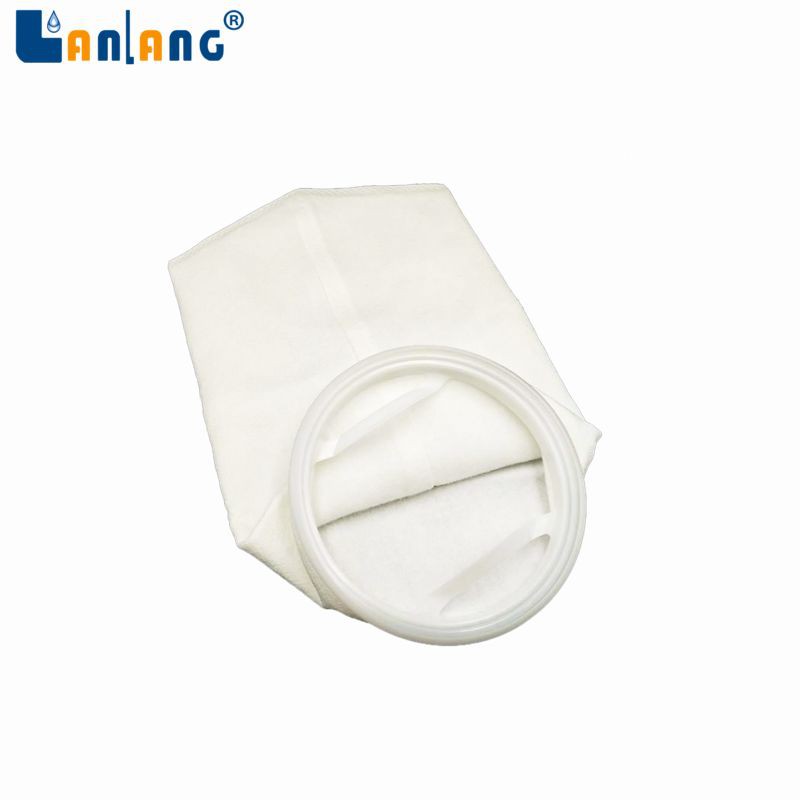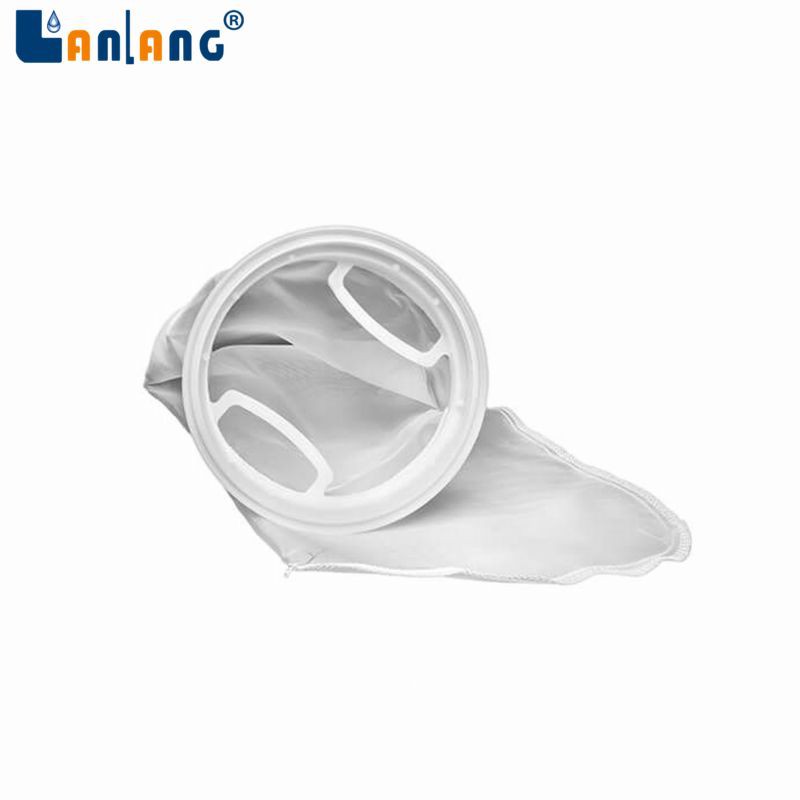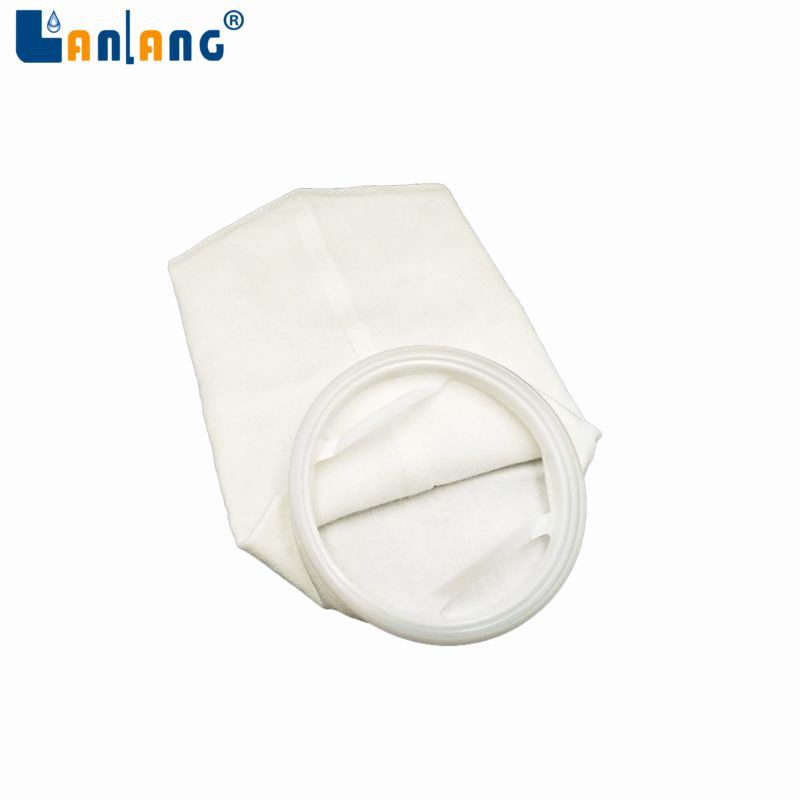Hey there! As a filter bags supplier, I often get asked how filter bags work. It's a great question, and I'm excited to break it down for you in a way that's easy to understand.
The Basics of Filter Bags
Filter bags are a crucial part of many industrial and commercial filtration systems. They're used to separate solids from liquids or gases, removing contaminants and impurities to make the end product cleaner and safer. Whether you're dealing with water treatment, chemical processing, food and beverage production, or any other industry that requires filtration, filter bags can play a vital role.
The basic principle behind filter bags is pretty simple. You have a bag made from a porous material, and the fluid (liquid or gas) that needs to be filtered is passed through this bag. As the fluid moves through the pores of the bag, the solid particles that are larger than the pore size get trapped inside the bag, while the clean fluid passes through.
How the Filtration Process Works
Let's take a closer look at the filtration process step by step.
Step 1: Inlet of the Fluid
The first step is getting the fluid into the filter bag system. This usually happens through an inlet port. The fluid can be under pressure, which helps to push it through the filter bag more efficiently. For example, in a water treatment plant, water might be pumped into the filter bag housing at a certain pressure.
Step 2: Passing Through the Filter Bag
Once the fluid is inside the housing that contains the filter bag, it starts to move through the bag. The filter bag acts as a barrier. Its pores are designed to be small enough to catch the unwanted particles but large enough to allow the fluid to pass through.

Think of it like a sieve. If you're sieving flour, the fine flour particles pass through the holes in the sieve, while the larger lumps get caught. In the case of a filter bag, the solid particles in the fluid are like the lumps of flour, and the clean fluid is like the fine flour that passes through.
Step 3: Particle Trapping
As the fluid moves through the filter bag, the solid particles that are larger than the pore size of the bag start to get trapped. These particles can be anything from dirt and debris to microorganisms or chemical compounds. The filter bag holds onto these particles, preventing them from passing through to the other side.
Over time, more and more particles get trapped in the filter bag. This can cause the bag to become clogged, which is why it's important to monitor the pressure drop across the filter bag. A significant increase in pressure drop indicates that the bag is getting clogged and needs to be replaced.
Step 4: Outlet of the Clean Fluid
After passing through the filter bag and having the solid particles removed, the clean fluid exits the filter bag system through an outlet port. This clean fluid can then be used for its intended purpose, whether it's for drinking water, industrial processes, or something else.
Types of Filter Bags and Their Working Mechanisms
There are different types of filter bags available, each with its own unique properties and working mechanisms. Let's take a look at some of the most common types:
PP Filter Bag
PP stands for polypropylene. PP Filter Bag are popular because they're resistant to many chemicals and have a wide range of pore sizes available. Polypropylene is a synthetic polymer that's known for its durability and low cost.
The working mechanism of a PP filter bag is similar to what I described earlier. The fluid passes through the porous polypropylene material, and the solid particles are trapped. PP filter bags are often used in applications where chemical resistance is important, such as in the chemical processing industry.
PE Filter Bag
PE stands for polyethylene. PE Filter Bag are also known for their chemical resistance and are often used in applications where high temperatures are involved. Polyethylene has a high melting point, which makes it suitable for filtering hot fluids.
Like PP filter bags, PE filter bags work by allowing the fluid to pass through the pores while trapping the solid particles. They're commonly used in industries such as oil and gas, where high-temperature filtration is required.
Nylon Filter Bag
Nylon filter bags are made from nylon, a synthetic polymer that's known for its strength and abrasion resistance. Nylon Filter Bag are often used in applications where the fluid contains abrasive particles.

The working principle of a nylon filter bag is the same as the other types. The fluid passes through the bag, and the solid particles are caught in the pores. Nylon filter bags are commonly used in industries such as mining and construction, where the fluid may contain sand, gravel, or other abrasive materials.

Factors Affecting the Performance of Filter Bags
There are several factors that can affect the performance of filter bags. Understanding these factors can help you choose the right filter bag for your application and ensure that it works effectively.
Particle Size
The size of the particles you're trying to filter is one of the most important factors. You need to choose a filter bag with a pore size that's smaller than the particles you want to remove. If the pore size is too large, the particles will pass through the bag, and the filtration won't be effective.
Fluid Viscosity
The viscosity of the fluid also plays a role. Viscous fluids are thicker and flow more slowly than less viscous fluids. This can affect how easily the fluid passes through the filter bag. If the fluid is too viscous, it may require more pressure to push it through the bag, and the bag may clog more quickly.
Temperature
Temperature can affect the performance of filter bags in several ways. High temperatures can cause the filter bag material to expand or degrade, which can change the pore size and reduce the effectiveness of the filtration. On the other hand, low temperatures can increase the viscosity of the fluid, making it more difficult to filter.
Chemical Compatibility
It's important to choose a filter bag that's compatible with the chemicals in the fluid you're filtering. Some chemicals can react with the filter bag material, causing it to break down or lose its filtering properties. For example, if you're filtering a fluid that contains strong acids, you'll need a filter bag that's resistant to acid corrosion.
Maintenance and Replacement of Filter Bags
Proper maintenance and replacement of filter bags are essential to ensure their continued performance. Here are some tips:
Monitoring
Regularly monitor the pressure drop across the filter bag. As I mentioned earlier, an increase in pressure drop indicates that the bag is getting clogged. You can use a pressure gauge to measure the pressure drop and determine when it's time to replace the bag.
Cleaning
In some cases, filter bags can be cleaned and reused. However, this depends on the type of filter bag and the nature of the contaminants. For example, some filter bags can be backwashed with clean water to remove the trapped particles.
Replacement
When the filter bag is no longer effective or can't be cleaned, it's time to replace it. Make sure to choose a replacement bag that's the same size and type as the original bag to ensure proper fit and performance.
Conclusion
Filter bags are a simple yet effective solution for separating solids from liquids or gases. By understanding how they work and the factors that affect their performance, you can choose the right filter bag for your application and ensure that it works efficiently.
If you're in the market for filter bags, whether it's PP Filter Bag, PE Filter Bag, or Nylon Filter Bag, I'd love to talk to you. I can help you find the perfect filter bag for your specific needs. Just reach out, and we can start a conversation about your filtration requirements.
References
- "Filtration Principles and Practices" by Andre Turian
- "Industrial Filtration for Process Applications" by Lawrence K. Wang
